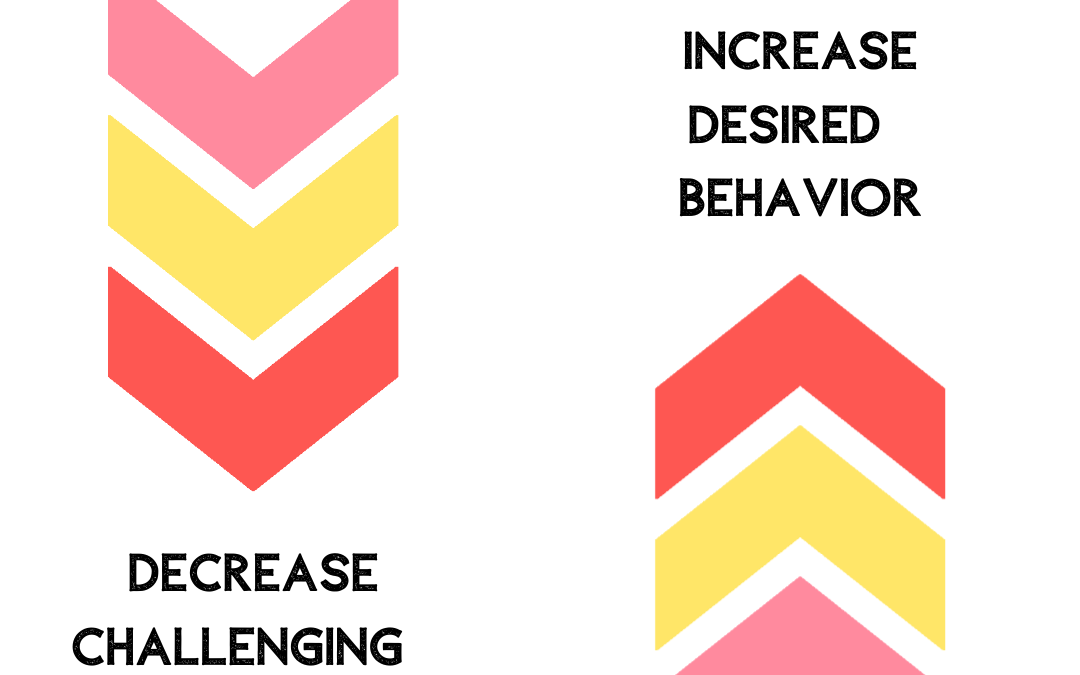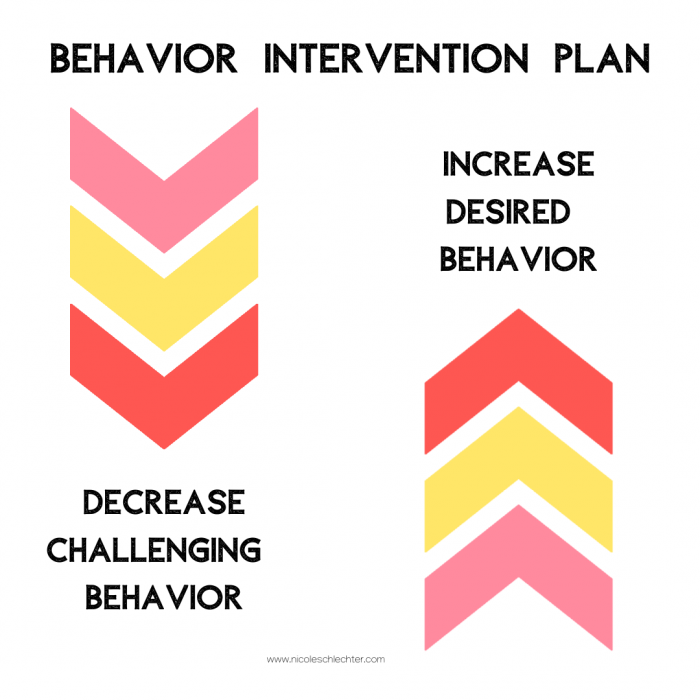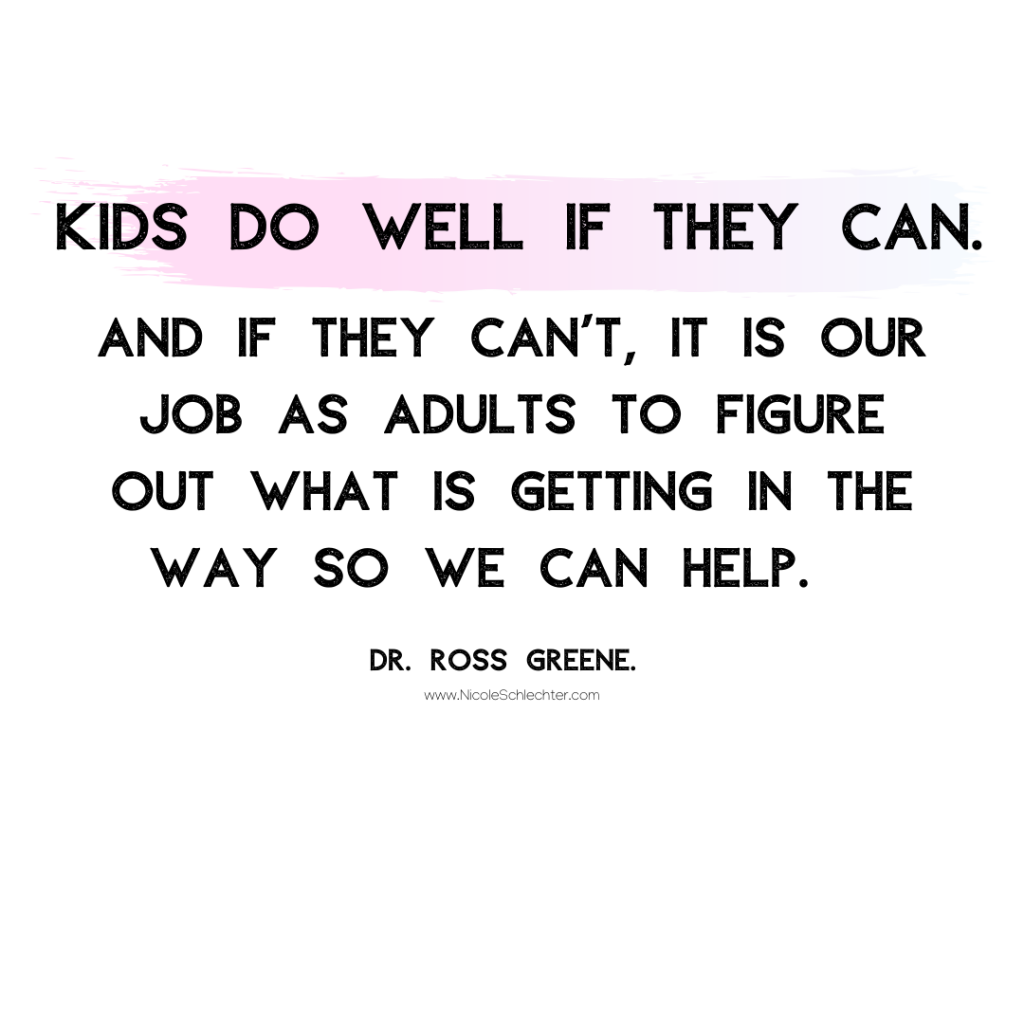Behavior Intervention Plan
What is it?
A behavior intervention plan is a formal written plan implementing positive behavioral intervention and supports at school. The BIP happens as a result of the school conducting a functional behavior assessment. The FBA will help the team identify a target behavior, hypothesize about as to why the problem behavior occurs, what is happening in the environment at the consequence of that behavior. Once the team feels they have a good idea on what is happening and why, they can implement the behavior intervention plan to support your child in school in a positive way.
What does it do?
- Provides more intensive intervention and monitoring
- Increases support around student
- Helps teachers to address behaviors and issues consistently across all school environments.
Why do you need one?
- When behavior is impacting how they are accessing their learning environment.
- When your child is struggling with organization, motivation, work completion etc.
You can request an FBA and BIP at any time if your child’s challenging behaviors are increasing, or negatively impacting the learning environment. The key phrase here is “impacting the learning environment” and learning doesn’t just mean academics. This includes interactions with other students, academics, time in and out of the classroom, regulating emotion, impulsive behavior etc.
The Individuals with Disabilities Education Act (IDEA) requires an FBA whenever a child with a disability has his or her current placement changed for disciplinary reasons. The evaluation requirements of IDEA make it clear that children must be evaluated in all areas related to the suspected disability. This means that if your child has challenging behaviors that are not improving, your child may need further evaluation to examine the antecedent, behavior and consequence more closely.
How do I request a BIP?
If it’s not in writing it doesn’t exist. Email counts, but if you make a phone call to the school to make your request, please do not expect them to follow the IDEA timeline. All requests should be in writing, and phone calls should be followed up with a confirmation email to hold the school accountable to the timeline. Here is a sample letter to get you started!
What goes into the BIP?
- Interventions might include:
- Changing the antecedents or consequences of the target behavior
- Teaching more appropriate replacement behaviors that serve the same function as the challenging behavior
- Implementing changes in curriculum, instructional strategies or how the curriculum is presented
- Modifications of the physical environment
- Token economy system
- Check in Check out
- Visual schedule of expectations.
How do you know you have a “Good” BIP?
Ideally if the behavior intervention plan is effective, the target behavior should be reduced, progressive discipline should not be needed, and your child’s ability to access the learning environment should increase. If the behavior is not improving, it may be time to re-evaluate the supports and interventions being used in the BIP.
Top Tips:
1. Accurate Antecedent. If we don’t accurately understand what is happening in the environment, what the trigger is, what the WHY is, we cannot effectively change this behavior.
2. Ask for a crisis plan if needed. This plan would include steps to be followed when consequences are needed. Ideally, if the BIP is written in an appropriate and effective way, enforced consequences (IE progressive discipline.) shouldn’t be needed. However, there are times when the school feels enforced consequences are necessary. If you are unsure of what should be included in this crisis plan, reach out.
3. Positive reinforcement should be immediate and consistent. If it is not, no connection will develop between appropriate behavior and the reinforcement and the behavior will not change. The school can use a praise and encouragement schedule if needed in the beginning. The more your child hears POSITIVE words being used about them, the more often they will want them!
4. Give the plan time to work. It can be easy to feel frustrated after you’ve spent time creating a new plan and your child doesn’t seem to be responding. If we want the behavior to change, we need to give the child time to figure out how it works! That being said, if there has been inconsistent or no progress over the course of 6-8 weeks, it may be time to meet again and determine if the TARGET BEHAVIOR Antecedent is accurate or how we can tweak the current plan in a more positive direction.
5. Ask the student for feedback. This is HUGE for older kids, but really important so our kiddos who are seeking control from their environment feel like their input matters. “We have been using this check in check out system to help you remember the expectations about shouting out in class. How is it going? What else do you need? Do you like the reward system? What is something else you’d like to earn?” Giving them “control” further encourages them to change the target behavior.
Let’s keep in mind that even a PERFECT BIP, means nothing if your child lacks the skills to behave in a different way. This is when the Antecedent behavior is important also. If we identify a skill deficit, we know the child will benefit from direct instruction to build the skills they are lacking.
Kids do well when they can. They are people pleasers by nature! Let’s give them ALL the reason to follow the expected behavior.
Need more support? Head over to www.facebook.com/nicoleschlechteradvocacy for more free tips and to set your appointment for a consultation! I am available to attend meetings all over the US.



